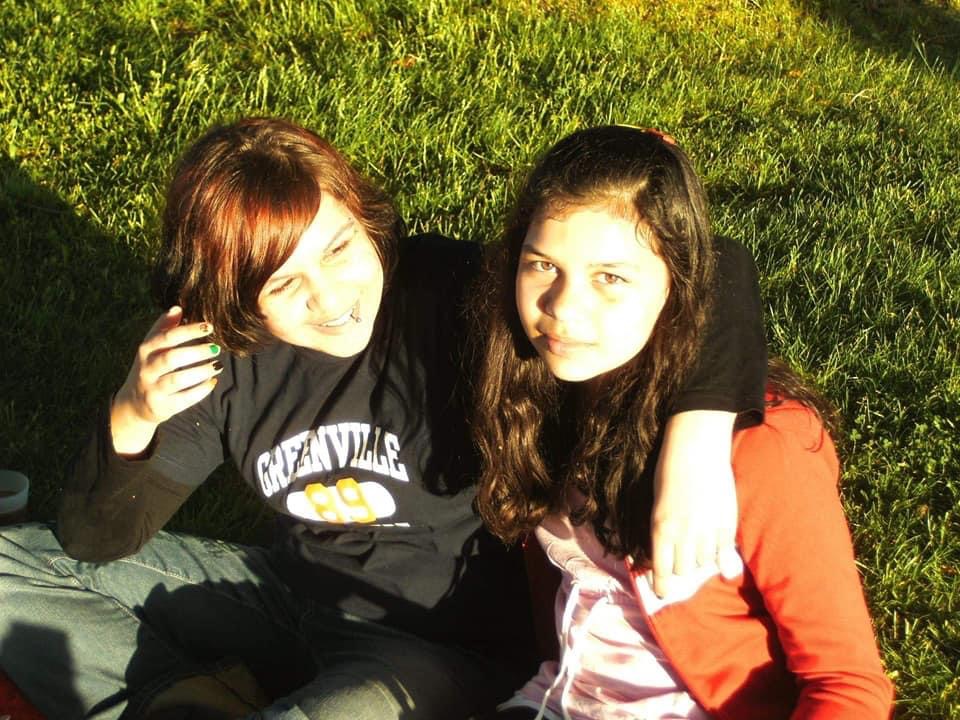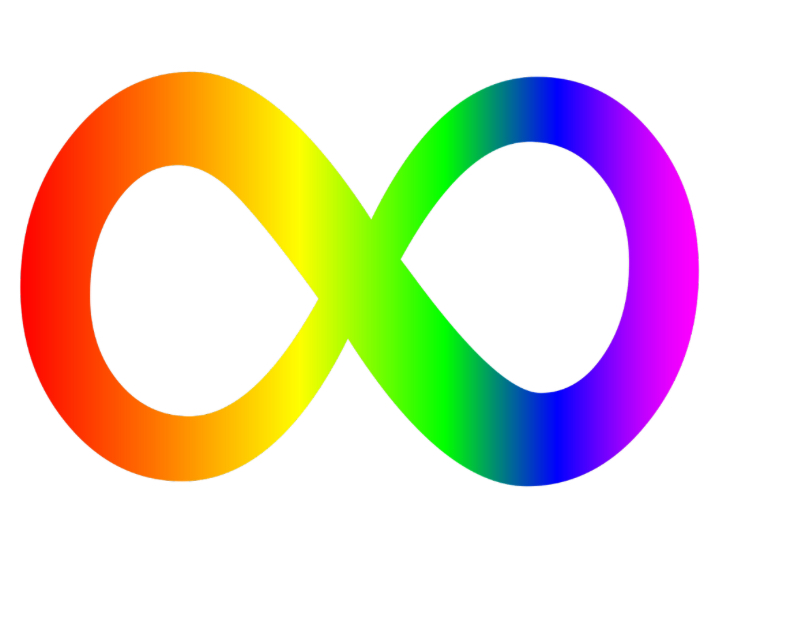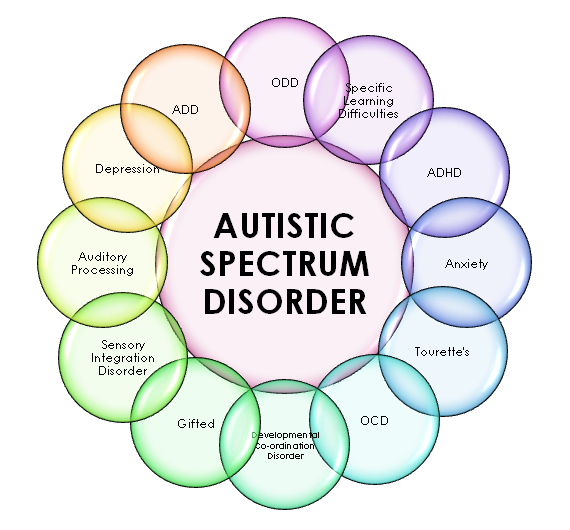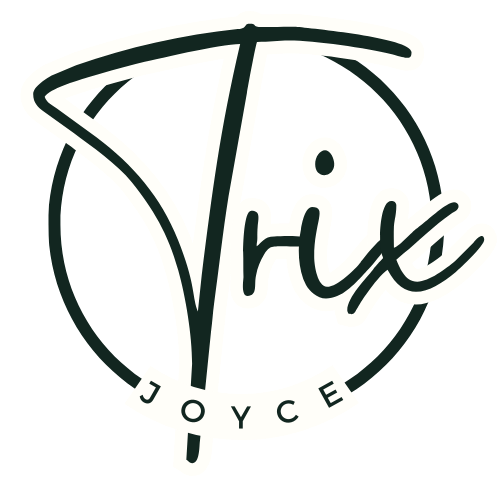Autism
I was diagnosed with Autism in my early 20s, but I was severely affected by my disability even as a child. Unfortunately, in the 90s not much research was done on autism in girls so I was just diagnosed with ADHD at the age of 14 years old (which is in the same “type” of “disability group” as autism, yet not autism…). I know many women who have been overlooked because researchers have only been focusing on autism in boys until just recently!
My story growing up hurts to tell, but here is a summary:
I didn’t talk much and had issues with pronunciation. I was bullied in school due to my lack of social skills, my repetitive (so-called “stimming”) behavior, and my sensory processing difficulties. I had problems with all senses and my brain easily turned “over-heated” due to the classroom being full of children and children aren’t very calm or gentle by nature, right? So I formed bonds with older people instead. My grandparents were my best friends growing up, and also my younger sister since she understood my way of being. I struggled with self-harming behavior since I had no understanding of pain (which is also typical of autistic children and teens). I got meltdowns when things changed in schedule when I was very young, and for a while in my teenage years I stopped going out entirely in case of something “surprising” would happen, because I was so scared of the outside world.
When I described having a “wall” between me and the rest of the world to one doctor I met, someone finally suspected I could be autistic as well as having ADHD. After that, I got diagnosed with Autism as well and my ADHD diagnosis remained the same.


What is Autism or ASD?
According to the CDC (Centers for Disease Control and Prevention), Autism is defined as the following:
“Autism spectrum disorder (ASD) is a developmental disability caused by differences in the brain. People with ASD often have problems with social communication and interaction, and restricted or repetitive behaviors or interests. People with ASD may also have different ways of learning, moving, or paying attention.”

Key Facts
WHO – World Health Organization – lays out these key facts about Autism:
- “Autism – also referred to as autism spectrum disorder ̶ constitutes a diverse group of conditions related to development of the brain.
- About 1 in 100 children has autism.
- Characteristics may be detected in early childhood, but autism is often not diagnosed until much later.
- The abilities and needs of autistic people vary and can evolve over time. While some people with autism can live independently, others have severe disabilities and require life-long care and support.
- Evidence-based psychosocial interventions can improve communication and social skills, with a positive impact on the well-being and quality of life of both autistic people and their caregivers.
- Care for people with autism needs to be accompanied by actions at community and societal levels for greater accessibility, inclusivity and support.”

How Autism can be described to others
How can Autism be described to others then? Some characteristics of autism, according to the National Autism Society, can be described as:
“Social communication: Autistic people have difficulties with interpreting both verbal and non-verbal language like gestures or tone of voice.
Social interaction: Autistic people often have difficulty ‘reading’ other people.
Repetitive and restrictive behavior: Autistic people may also repeat movements such as hand flapping, rocking or the repetitive use of an object such as twirling a pen or opening and closing a door. Change to routine can also be very distressing for autistic people and make them very anxious.
Over- or under-sensitivity to light, sound, taste, and touch: Autistic people may experience over- or under-sensitivity to sounds, touch, tastes, smells, light, colours, temperatures or pain.
Highly focused interests or hobbies: Many autistic people have intense and highly focused interests, often from a fairly young age. These can change over time or be lifelong. Autistic people can become experts in their special interests and often like to share their knowledge.
Meltdowns and shutdowns: When everything becomes too much for an autistic person, they can go into meltdown or shutdown. These are very intense and exhausting experiences. A meltdown happens when someone becomes completely overwhelmed by their current situation and temporarily loses behavioural control. A shutdown appears less intense to the outside world but can be equally debilitating. Shutdowns are also a response to being overwhelmed, but may appear more passive – eg an autistic person going quiet or ‘switching off’.”

It’s a spectrum!
Of course, these are just a few selected sources and a handful of information I have selected to describe my condition. Always remember that autism is a spectrum and people behave and affect differently in their disability.

Disability or “just a difference”?
And yes, autism is a disability and I’m going to call it that. To call it “a difference” or “a varied ability” is – to me – very minimizing. Society seems to find ways to feel comfort in calling things “a difference” just to avoid their own discomfort with disabled people. Disability is neutral – it’s neither good nor bad. Call things for what it is and validate autistics. Yes, autistic is a word I use to describe myself as well. Because I am. I’m also a person with autism. To me, it’s up to each individual what they feel comfortable with, but to me, it seems to be more focused on what society thinks rather than the individual people anyway.
Here is one example of why I think it’s crucial to call autism a disability and not “a difference”:
A disabled person may need aids and special services/treatment/therapy and a disabled person may need special rights to gain that. A so-called “difference” don’t provide that security on a societal level. If we don’t take autism seriously, people will suffer.
Why all this information?
Because the creative art I share all over this website has its origin in me being autistic. I would never have these special interests if I weren’t autistic. I want to raise awareness and acceptance and show that people with autism can be just as valuable, even if we don’t do things just like everyone else.
